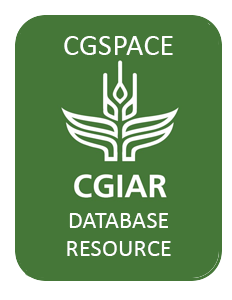A presentation on the experiences of applying participatory rangeland management (PRM) in Kenya and Tanzania and opportunities for spillover and scaling up. PRM is being implemented by AICCRA and the Initiative on Livestock and Climate.
Developed following the Women Empowerment in livestock Index (WELI) and aligned to the Pro-WEAI for value chains by researchers from the International Livestock Research Institute (ILRI), the WELBI module is a new standardised tool that measures the empowerment of women involved in the livestock…
The 28th Conference of Parties (COP28) of the United Nations Framework Convention on Climate Change (UNFCCC) was held in Dubai, UAE from 30th November to 12th December. The Livestock and Climate Initiative of One CGIAR participated in a multitude of side events to moving livestock and climate up…
This workshop report is about climate change, gender and livelihoods among fisher communities in the Lake Victoria Zone Region in Kenya. The purpose of the workshop was to share and validate the findings of the scoping study carried out by WorldFish from March to July, 2023. The objective of the…
In Kenya, NATURE+ unites people to solve shared challenges in food and natural systems. Farmers are putting their land and expertise together to tap into economies of scale and restore natural landscapes and agricultural productivity. Scientists and innovators are improving community seedbanks,…
Participatory rangeland management (PRM) is a process building the capacities of local communities to better manage their lands, reduce natural resource conflicts, and build good governance. This film shown through the eyes of two local protagonists – one in Kenya and Tanzania – describes…


